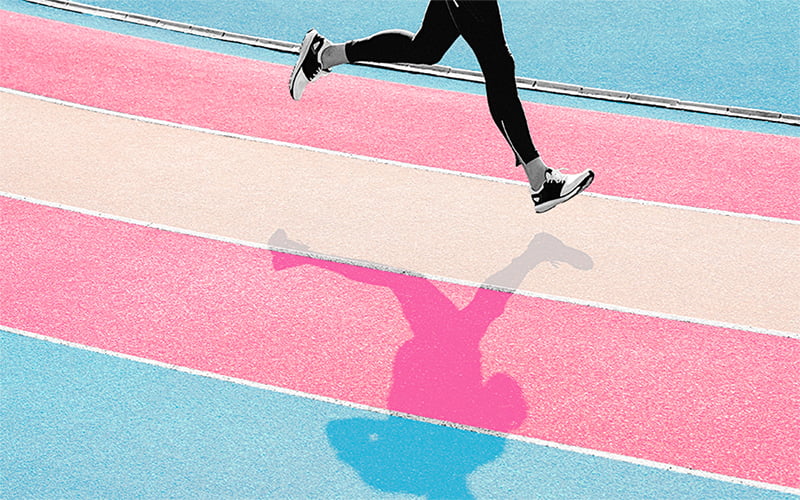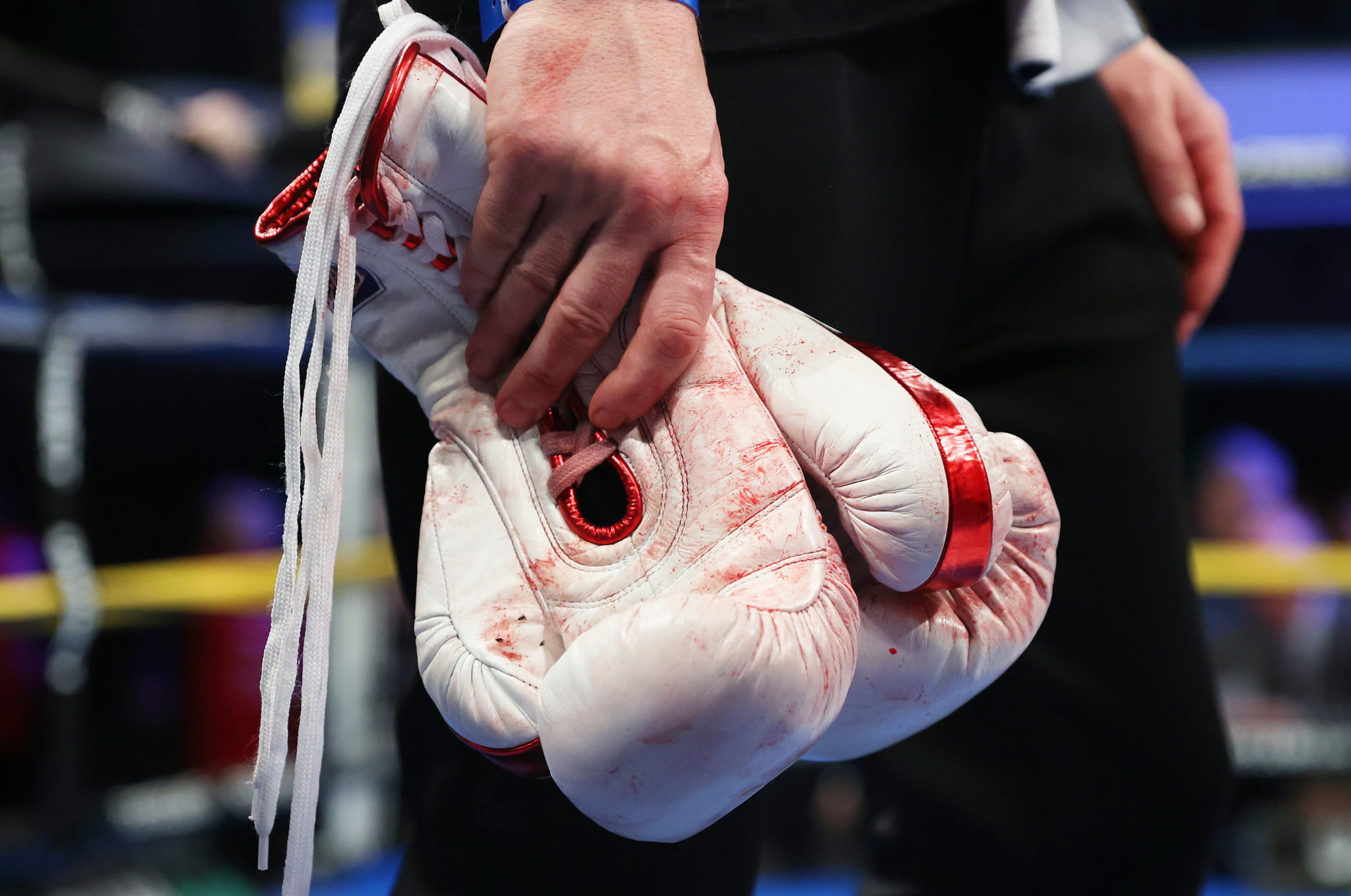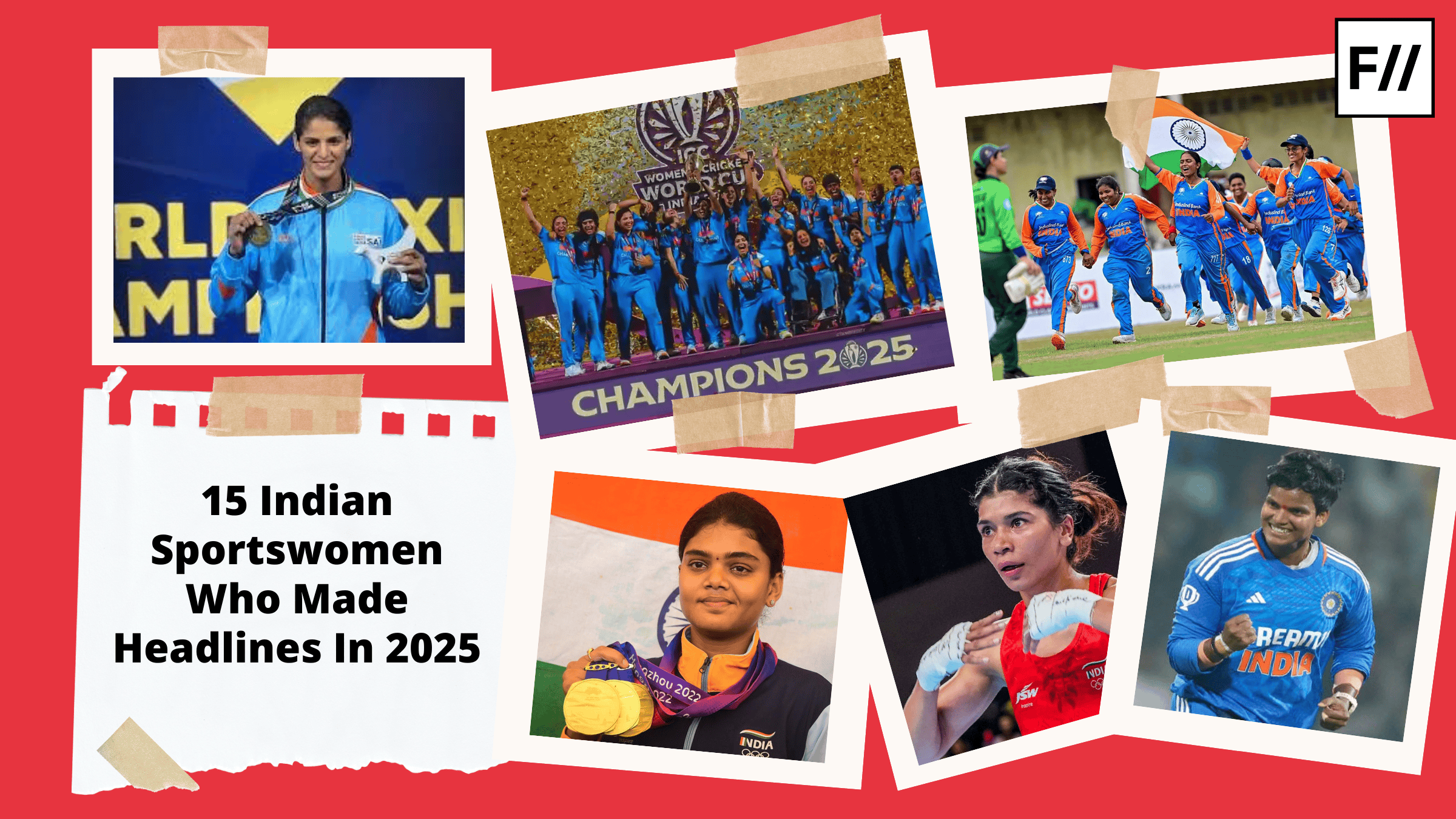USA Boxing, the body that regulates amateur and Olympic-style boxing in the country ended 2023 by announcing a radical decision. In its new 2024 rulebook, it included a transgender policy that would allow transgender athletes who have undergone a medical transition to compete in the gender categories that they identify with. While trans athletes and activists celebrated the watershed moment, a huge section, bigger than the former rose in an uproar, expressing complete disdain for the new policy.
USA Boxing’s new policy comes in the same year that World Athletics (WA), the governing body for track and field and other running tournaments, placed a ban on trans women who underwent male puberty from participating in women’s events at international competitions. WA cited fairness and “integrity of female competition,” for this polarising decision.
Months later, another international body, the World Aquatics made space for athletes whose gender differs from the sex assigned to them at birth in an “open,” category, a development in their decision to ban trans women swimmers, per the reason cited by WA later. USA Boxing’s policy becomes poignant in a way that it is one of those very few policies that has gone against the mainstream sporting grain.
The nuances of USA Boxing’s Trans Policy
The policy notes that while minor boxers, under the age of 18, must compete in their sex categories, participation of athletes above 18 will be governed by testosterone levels. Harvard Medical School Teaching Hospital’s study, one among the many that the body cited in its policy suggests that normal testosterone levels for males be more than 10 nanomoles per litre (10 namol/L), while for females, less than 3.1 nanomoles per litre (3.1 namol/L).
Furthermore, the policy goes into the details of how trans women athletes can compete in female categories. It demands that such boxers declare themselves as “female,” and should have undergone gender reassignment surgery with four years of quarterly hormone testing demonstrating testosterone levels lower than the prescribed levels.

However, another point in the policy leaks into the doubts many have in acknowledging the presence of trans athletes, in this case, boxers in cisgendered categories. The body asked trans women athletes to illustrate total testosterone levels in serum of below 5 nmol/L for at least 48 months before their first competition. But these 48 months are provisional. It argues, “the requirement for any longer period is to be based on a confidential case-by-case evaluation considering it is not possible to generalize whether or not 48 months suffice to minimize any advantage in women’s competition.“
“Minimise any advantage in women’s competition,” a point that plenty of critics have cited against the groundbreaking policy. They argue that athletes who are born male, and later transition to become women, wield an advantage in physical strength, and body dimensions. But is their fear that “Men will be glorified for beating up on women,” an extension of transphobic rhetoric that has ensued for decades now?
The “advantage” argument
At the heart of the “advantage,” argument lies a 2020 study and many others that followed. It suggests that transgender women hold more strength and endurance than cis women, despite gender-affirming therapy. The study further argued that male bodies have greater heart and lung capacities, more muscle mass and less body fat, something that therapy cannot balance out. Many believe that these physical attributes are an advantage trans women have over cis women in sports.

However, the language that is used to indicate this advantage touches on transphobia. It is not just a fear, but rather a total disregard of transgender identities, that denies to acknowledge that trans women athletes are women. While the biological “advantage,” they wield is arguable, their apparent assertion that trans women athletes are men awaiting to assault cis women is yet another attempt at the demonisation of trans identities.
Another prominent contradiction that this discourse highlights is how not a lot of people object to cisgender male athletes competing against trans men, individuals who have transitioned from their biological female identities to now male identities. Do they not face the flipside of this advantage, the disadvantage of competing against physically stronger opponents?
This “advantage,” has led sporting bodies to consider establishing open categories in which transgender individuals can compete without any particular bifurcations of gender pointers as such. However, are open categories the way to go?
Masquing the third gender
An open-category swimming event under the World Aquatics Swimming World Cup, Berlin 2023 was called off days before its onset. The organisation in a statement confirmed that it had received no entries leading to the decision. The lack of interest trans athletes showed in the tournament posed a pertinent question. What can be done to make sports an inclusive space for trans athletes?
While open categories offer a platform for these athletes to compete effectively in sporting events, what they also do is further alienate trans individuals. Simply put, open categories strengthen the conservative position that trans women are not women, a heteronormative belief that transgender individuals and activities have fought for a long time. A separate category for transgender athletes reinstates the idea of a third gender, a doctrine that finds itself deeply embedded in patriarchal impositions. Despite the claim that open categories of sporting events make space for transgender participants, such categories are anything but inclusive.
Moving forward
To make the realm of sports, an inclusive space where transgender athletes hold the same opportunities as their cis counterparts, more robust researches need to be undertaken to analyse the “advantage,” from a perspective that does not demonise these athletes. The viewpoint should not be on how to make sports a safe space for ciswomen from a potential threat from their transgender athletes, a concern that roots itself in transphobia. The focus should more be on how transgender athletes can be accommodated in the sporting realm, with opportunities that are on par with cis athletes.

While US Boxing’s decision to allow their transgender boxers to now fight in the general categories shines a light on this effort, concerns remain if any cis fighter would indeed be ready to compete against them. Are open categories, an answer to this concern? Or is it progress taken with a miscalculated understanding?




